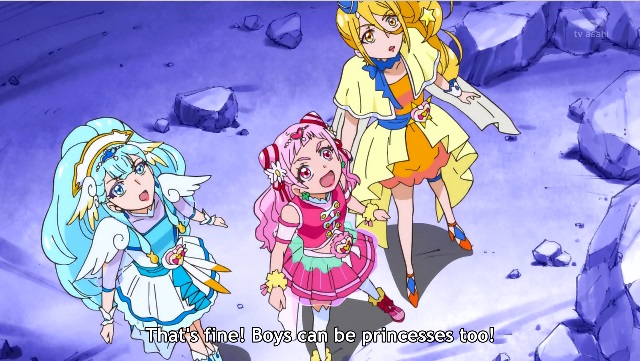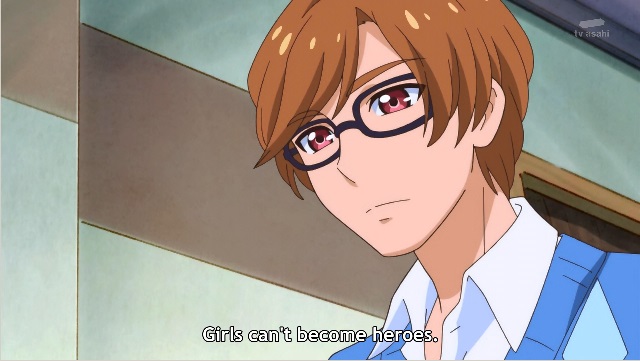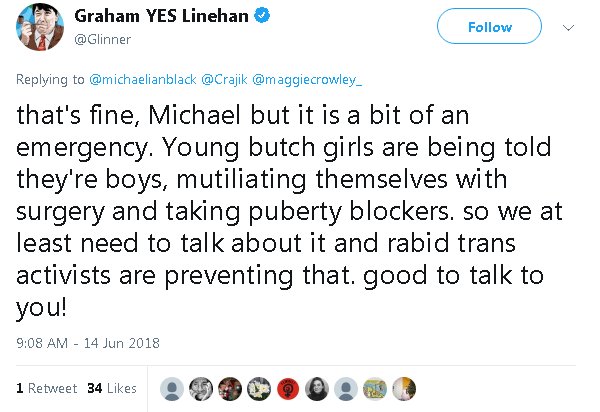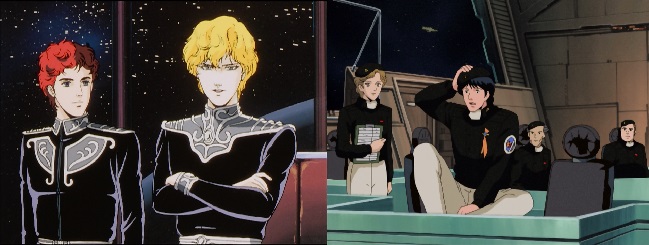I wasn’t quite sure why so many people who’d liked the original series were so down on Amanchu Advance until this happened in the penultimate episode:
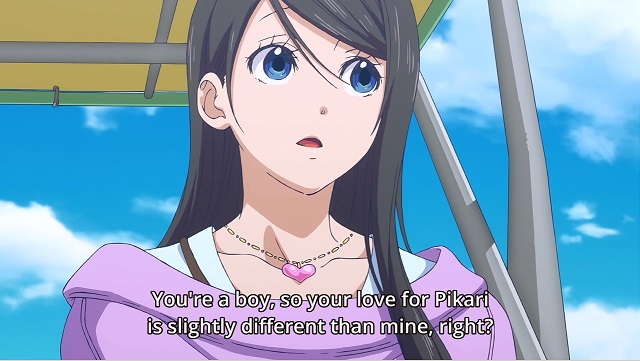
The original series was all about the blossoming relationship between Teko and Pikari. Teko was the shy, timid girl who had to leave her home town and friend behind as her parents had to move for their jobs, who found a new friend in the exuberant and outgoing Pikari, getting introduced to the wonderful world of ocean diving. The focus was firmly on their friendship, with a bit of a lesbian undertone to it that surely wasn’t just my imagination. It had a good supporting cast, but the centre remained Pikari and Teko.
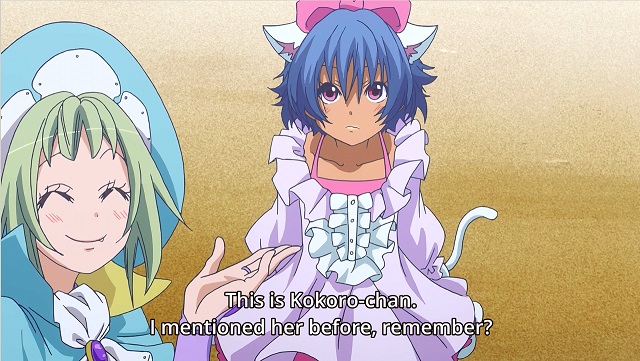
Amanchu Advance changed that. It started off by introducing Kokoro-chan, a twelve year old girl as Teko’s rival for Pikari’s love, with a similar but slightly older girl as the same for Teko, though the latter featured much less. This in itself wasn’t bad, but it did eat up screen time that could’ve been spent on Teko and Pikari. What was worse was that for three episodes, both were completely ignored in favour of the story of Peter, a school ghost who on special nights would attempt to seduce a girl to join him in his dream. This was the same plot line that got me to drop the original manga and it wasn’t much better animated. And then, in the penultimate episode, it was revealed that Kokoro-chan was actually a boy and Teko immediately started rooting for him to romance Pikari. Again, something out of the original manga.
All of which means that all of the slow buildup of the first series and the first half or so of this one, all the little signs we’ve had about how Pikari and Teko felt about each other, didn’t matter. Because here is a twelve year old boy with a crush on Pikari, so let’s make sure the audience know that this is the approved relationship for her. What a waste. What a disappointment.
